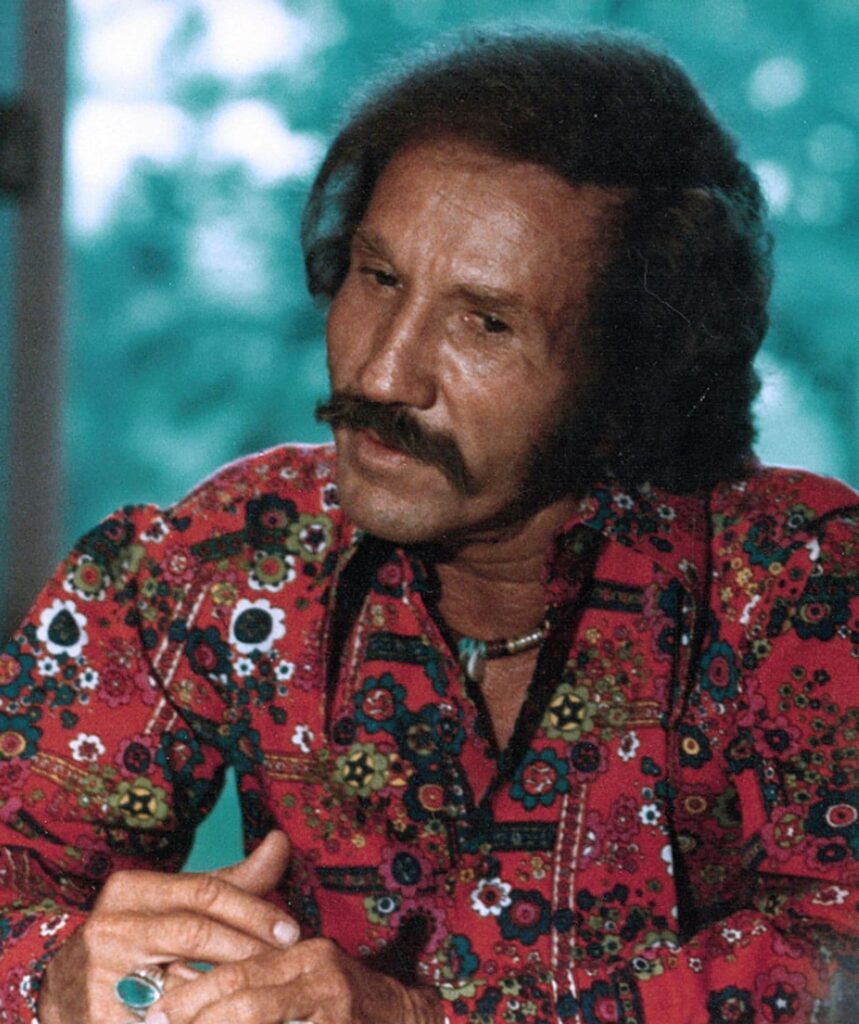
A CELEBRATION OF SIMPLE WONDER — Ain’t I the Lucky One AS AN ODE TO UNEXPECTED LOVE
From the first bright chords of “Ain’t I the Lucky One”, native son of country-music legend Marty Robbins offers a refreshing detour from his sweeping ballads of gunfights and heartbreak. Released as a single in 1958 by Columbia Records (catalogue 4-41282), the track charted modestly, peaking at No. 23 on the US Country chart. While it did not become one of Robbins’s signature cross-over smash hits, it holds a distinctive place in his creative journey: an affirmation of joy, gratitude and the warmth of everyday love.
In an era when Robbins was already celebrated for his genre-spanning range—from honky-tonk to western narrative—“Ain’t I the Lucky One” serves as a luminous pause. It pairs Robbins’s smooth vocal delivery with a gentle yet assured arrangement, delivering a message of one man’s realisation that his fortune lies not in drama or danger, but in the simple constancy of a beloved partner. Amid the larger catalogue of Robbins’s narrative epics, this song whispers rather than shouts—but its emotional clarity is unmistakable.
Though detailed documentation of the specific writing session or studio anecdotes for this track remains hard to uncover, what stands out is the song’s lyrical and musical architecture. Robbins imbues the track with a confident openness from the outset: “Look what I’ve gone and done, I let her steal my heart…” There is no sub-plot of conflict or dramatic twist—just the speaker’s recognition of his own good luck, his “winning” not in competition or conquest, but in the surrender to love’s gentle capture.
In Robbins’s voice, the attitude isn’t one of boastful triumph but of soft wonder. The repetition of “Ain’t I the lucky one?” becomes a rhetorical gift: we, the listeners, are invited into his astonishment at how love found him. It’s an invitation to inhabit a state of unexpected fortune, not of grand gestures but of abiding connection.
The arrangement mirrors this tone. With a subtle country shuffle and clean instrumentation, the production avoids overwrought drama. Instead, it allows Robbins’s voice to glow. In doing so, he positions the song squarely in the space between country’s roots and the then-growing pop sensibility—an accessible, radio-friendly touch that doesn’t compromise the sincerity of the song.
Culturally, the song offers a counter-point in Robbins’s oeuvre. Many of his greatest hits lean into narrative complexity—gunfights, heartbreak, wandering souls. Here, by contrast, the conflict ironises itself away: the struggle isn’t to win love, but to accept its quiet triumph. That alone makes the song subtly radical—even if the charts ranked it lower than his major hits. It reminds us that emotional worth need not always be wrapped in turmoil.
What lingers most, however, is the tone. Robbins’s timbre—celebratory yet humble—suggests someone aware of his fortune but also deeply at ease. He doesn’t sing about love so much as he inhabits the marvel of it. For listeners, the moment the song begins almost feels like the last time one noticed the small miracle of partnership—very personal, very lived-in.
In the broader scheme of his career, “Ain’t I the Lucky One” may not bear the epic legend of-say-El Paso or the raw edge of his honky-tonk roots—but it holds its own as a timeless testament to the understated power of thanking someone for staying, for choosing you, for making ordinary days extraordinary.
Ultimately, the song stands as Robbins’s warm, understated bow to love’s quiet victory. To listen is to share in the gratitude of someone who realises not what he sacrificed, but what he gained. And in that realisation lies a gift—to us, the listeners, and to the legacy of Marty Robbins.